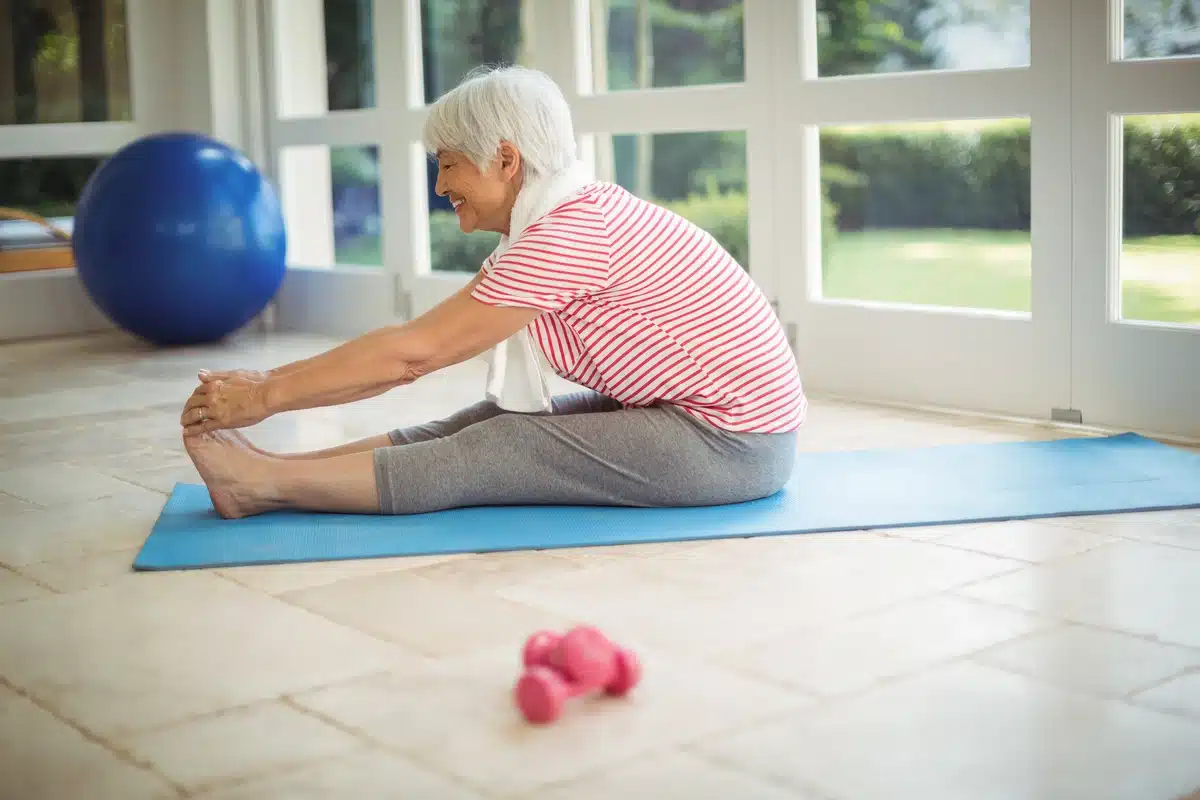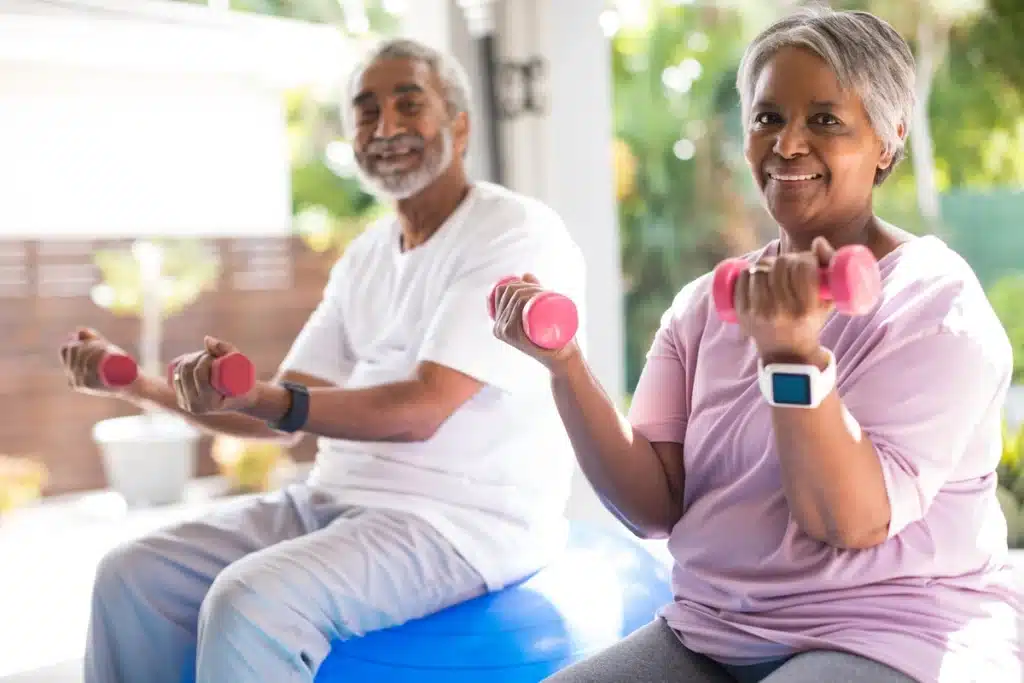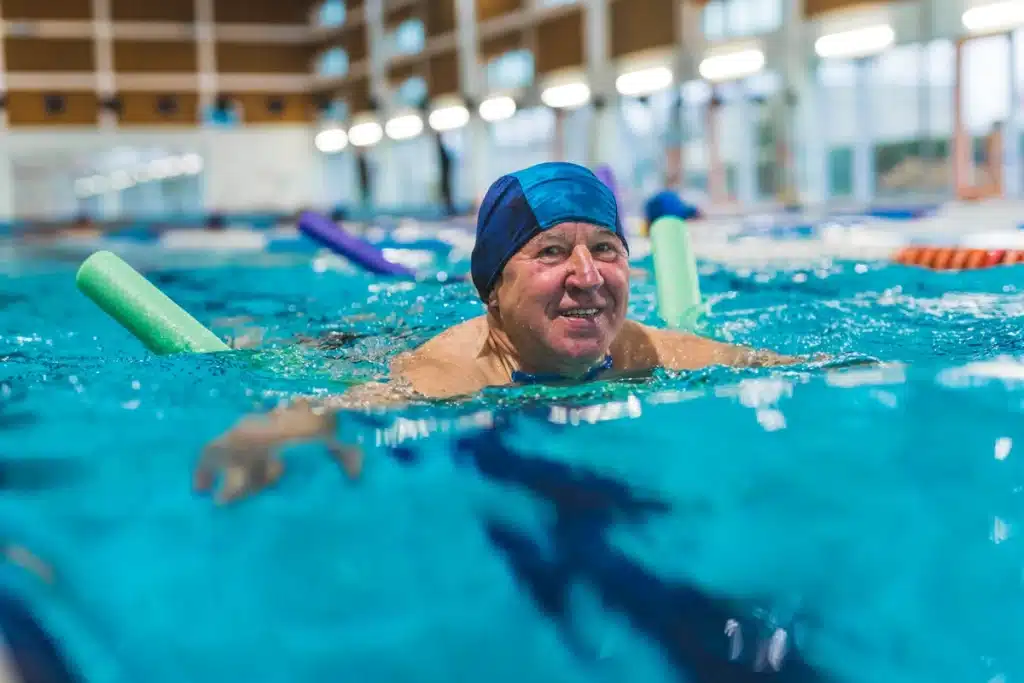A stroke can be a life-altering event, affecting not just the physical capabilities but also the emotional and mental well-being of an individual. It strikes suddenly, often leaving survivors with varying degrees of impairment. However, the journey towards recovery is not one without hope.
Through targeted exercises and rehabilitation, stroke survivors can regain lost abilities and improve their quality of life. Today, we explore the significance of exercises for stroke patients, detailing:
- What a stroke is
- Its causes
- Its impact on the elderly
- The importance of post-stroke exercising
- The best exercises for recovery
- Additional tips to aid in the rehabilitation process
Understanding Strokes
A stroke occurs when there is a disruption of blood flow to the brain, either due to a blockage in a blood vessel (ischemic stroke) or bleeding into the brain tissue (hemorrhagic stroke). This interruption deprives brain cells of oxygen and nutrients, leading to their rapid deterioration. As a result, functions controlled by the affected area of the brain, such as movement, speech, and cognition, can be impaired.
What Causes A Stroke?
Several risk factors contribute to the onset of a stroke, including:
- Hypertension
- Diabetes
- High cholesterol
- Smoking
- Obesity
- Sedentary lifestyle
Additionally, factors such as age, genetics, and previous occurrences of transient ischemic attacks (TIAs) can increase the likelihood of experiencing a stroke. By addressing these risk factors through lifestyle modifications, individuals can significantly reduce their chances of suffering from a stroke.
Impact on the Senior Citizens
Stroke disproportionately affects the elderly population, primarily due to age-related changes in blood vessels and the higher prevalence of risk factors such as hypertension and atrial fibrillation. Moreover, elderly stroke survivors may face additional challenges in recovery, including decreased muscle strength, balance issues, and cognitive impairment. Consequently, tailored rehabilitation programs are crucial in facilitating their recovery process.
Importance of Exercising Post-Stroke
Engaging in regular exercise post-stroke is vital for several reasons. Firstly, it helps in restoring mobility, strength, and coordination, which are often compromised after a stroke. Secondly, exercise promotes neuroplasticity, the brain’s ability to reorganize and form new connections, facilitating recovery of lost functions.
Furthermore, regular physical activity can reduce the risk of secondary complications such as muscle atrophy, contractures, and cardiovascular diseases. Overall, incorporating exercise into the daily routine of stroke survivors is instrumental in enhancing their physical and mental well-being.
6 Best Exercises for Stroke Patients
No matter your fitness level, there are a wide range of exercise programs that you can choose from to help support mobility, recovery, and longevity. Here are 6 of the exercises we recommend.
1) Range of Motion Exercises
These exercises aim to improve flexibility and prevent joint stiffness. They involve gently moving each joint through its full range of motion, starting from the fingers and toes and gradually progressing to larger joints such as the shoulders and hips.
2) Strength Training:
Strength training exercises help rebuild muscle strength and endurance. Simple activities such as lifting light weights, resistance band exercises, and bodyweight movements like squats and lunges can be incorporated into the exercise regimen.
3) Balance and Coordination Exercises:
Balance is often impaired after a stroke, increasing the risk of falls. Balance exercises, such as standing on one leg, walking heel-to-toe, and using balance boards or stability balls, can help improve stability and coordination.
4) Aerobic Exercise:
Aerobic or cardiovascular exercise is essential for improving heart health and overall endurance. Activities such as walking, cycling, swimming, and modified aerobics classes can be beneficial for stroke survivors. It is important to start slowly and gradually increase intensity based on individual tolerance.
5) Functional Training
Functional exercises simulate activities of daily living and focus on improving independence and mobility. Examples include practicing getting in and out of chairs, climbing stairs, and reaching for objects on different surfaces.
6) Mind-Body Exercises:
Mind-body practices such as yoga, tai chi, and qigong offer numerous benefits for stroke survivors. These gentle exercises promote relaxation, reduce stress, and improve mindfulness, contributing to overall well-being.
Recovery Tips for Stroke Patients
Post stroke recovery is serious business! Here are some additional tips on how to take care of your body safely. Remember to always consult with your doctor before taking any action:
- 🔑 Consistency is Key: Consistent participation in rehabilitation exercises is crucial for optimal recovery. Set realistic goals and establish a regular exercise routine to maintain progress.
- 🩺 Seek Professional Guidance: Work closely with healthcare professionals, including physical therapists, occupational therapists, and rehabilitation specialists, to design a personalized exercise program tailored to your specific needs and abilities.
- 🧘 Listen to Your Body: Pay attention to your body’s signals during exercise. If you experience pain, dizziness, or extreme fatigue, stop immediately and consult your healthcare provider.
- 💯 Stay Motivated: Surround yourself with a supportive network of family, friends, and fellow stroke survivors. Celebrate small victories and stay motivated throughout your recovery journey.
- 🍎 Focus on Overall Health: In addition to exercise, prioritize other aspects of your health, including nutrition, hydration, sleep, and stress management. A holistic approach to wellness can further enhance your recovery efforts.
Stroke Rehabilitation Support
Recovery from a stroke is a challenging but achievable process, and exercise plays a crucial role in facilitating this journey. By incorporating a variety of targeted exercises into their daily routine, stroke survivors can regain lost abilities, improve their quality of life, and work towards reclaiming their independence. With determination, perseverance, and the support of healthcare professionals and loved ones, every stroke survivor can embark on a path of empowerment and renewal.
Ready to get the support you deserve? Contact Sunflower Communities to learn how we can help your loved ones on their rehabilitation journey.



